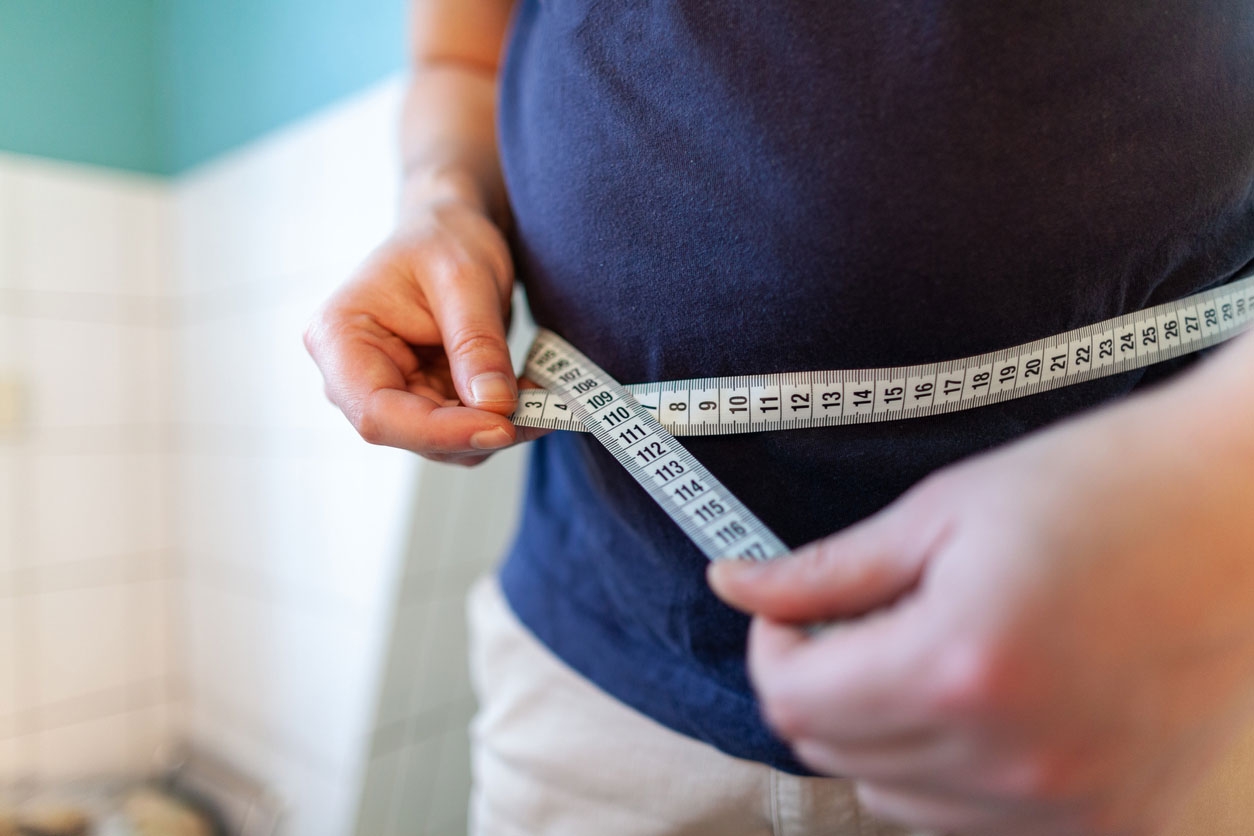
What waist measurements mean for your heart
How your waist measurement contributes to your heart health
Key takeaways
2 min read
- Waist measurement is a simple check to tell if you’re carrying excess body fat around your middle.
- Your waist measurement is an indicator of the level of internal fat deposits that coat the heart, kidneys, liver, digestive organs and pancreas.
- This can increase the risk of heart disease and stroke.
How to measure your waist
- Find the top of your hip bone and the bottom of your ribs.
- Breathe out normally.
- Place the tape measure midway between these points, in line with your belly button, and wrap it around your waist loose enough to fit one finger inside the tape.
- Check your measurement.
What does my measurement mean?
Your health is at risk if your waist size is:
| Men: | Over 94cm (about 37 inches)* |
| Women: | Over 80cm (about 31.5 inches)* |
Who the measurements apply to?
Waist circumference is less accurate in some situations, including pregnancy, medical conditions where there is distension of the abdomen, and for certain groups such as Aboriginal and Torres Strait Islander peoples, South Asian, Chinese and Japanese adults. Waist measurements should only be used for adults to check their risk of developing a chronic disease.
References
- National Health and Medical Research Council. Clinical practice guidelines for the management of overweight and obesity in adults, adolescents and children in Australia. 2013.

Are you at risk of heart disease?
There is no single cause for any one heart condition, but there are risk factors that increase your chance of developing one.

What is a healthy body weight?
Learn what a healthy body weight is, how to calculate it by height, and tips for maintaining a healthy weight range to improve heart health and wellbeing.

How to follow a heart healthy eating pattern
Follow these easy tips to boost your heart health and embrace a heart-healthy eating pattern.
Last updated09 April 2025
Last reviewed29 January 2024